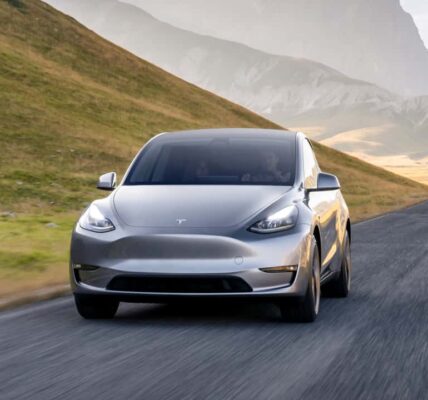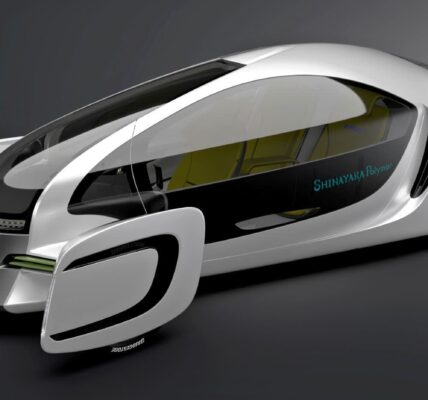EV Fast-Charging Infrastructure Market To Touch $18,909.8 Million Value By 2030, Says P&S Intelligence
According to the market research report published by P&S Intelligence, the revenue of the electric vehicle fast-charging infrastructure market was $3,240.7 million in the year 2021, and it is likely to touch $18,909.8 million by 2030, at a mammoth compound annual growth rate of around 21.7% in the years to come. This will be because of the increasing EV sales all around the world as a result of the growing necessity for zero-emission transportation.
Public charging has the larger share in the electric vehicle fast-charging infrastructure market, and this bifurcation is predicted to witness a growth rate of about 22% in the near future. This will be because of the extensive deployment of public fast chargers to enable mass EV acceptance. Numerous OEMs and operators of EV networks are introducing public fast chargers at hospitality facilities, retail stores, parking spaces, administrative offices, fuel and gas stations, and other zones.
The growing acceptance of electric cars has stressed the necessity for adequate charging infrastructure. Key markets for electric vehicles, such as China, Germany, and, the U.S., are spending heavy amounts on R&D for more-competent techniques of EV charging. For example, GM, in October 2021, declared plans of investing over $30 billion to attain the sales target of more than a million electric vehicles by the year 2025. Furthermore, in another 10 years, the company intends to be totally electric.
The vehicle-to-grid EV charging technology allows for the flow of electrical energy to and from both the power grid and electric vehicles. Thus, it enables EVs to feed the idle energy to the grid, which can advance the performance of the grid, while giving more value to the owners of EVs. So, the rapid technical progression will offer new opportunities for the electric vehicle fast-charging infrastructure market growth.
EV fast chargers of a power of <100 kW are likely to rule the industry in the years to come, observing a growth rate of more than 21% between 2021 and 2030. This is because fast chargers with up to 100-kW output of power are cheaper than those of higher power outputs and can charge an electric vehicle in a couple of hours. They are usually found at malls, retail outlets, and hotels.
One more factor that is supporting <100-kW charger requirement in the electric vehicle fast-charging infrastructure market is the higher load chargers of higher power outputs put on the grid and the lack of this much energy, because of the variable grid connectivity, to support this technology. Furthermore, most public charging networks do not need an output of more than 100 kW to meet the charging demands of EV owners.
APAC had the largest share in the market in the recent past, and it would have a significant growth rate, of 22.0%, over this decade. This is because of the preference for clean transport, which offers varied prospects for network operators. The growth may also be credited to a surge in the government funding to boost the adoption of zero-emission vehicles. This will help drive the Deployment of fast chargers as their count is low compared to that of the EVs on the roads.







